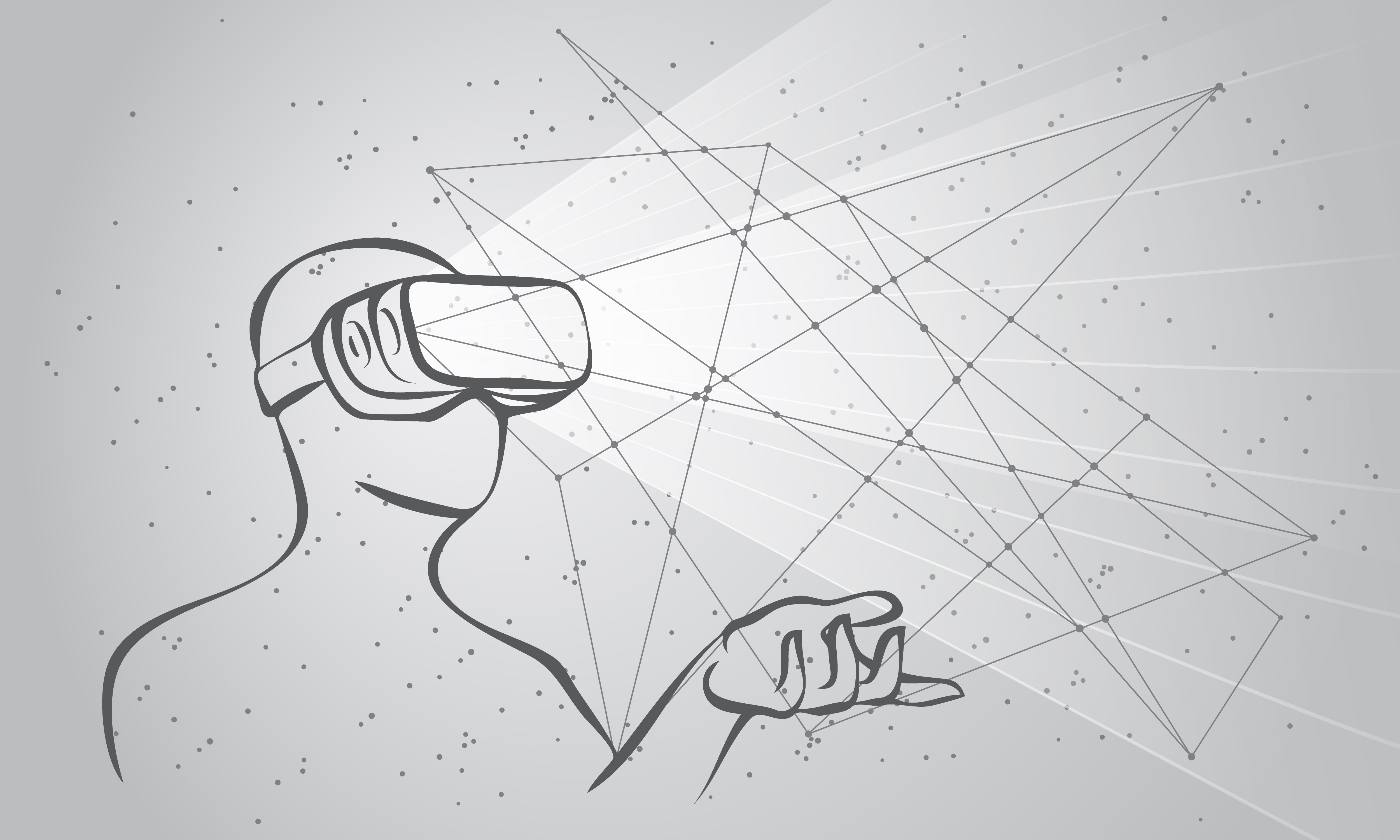 For as long as most of us can remember, we have interacted with our computers via some variation on the theme of the graphical user interface (GUI), keyboard, and pointing device. The advent of touch-sensitive displays, and their popularization via smartphones and tablets was not really a radical departure. It eliminated the mouse and clumsy stylus sure, but there seems to be obvious missing piece.
For as long as most of us can remember, we have interacted with our computers via some variation on the theme of the graphical user interface (GUI), keyboard, and pointing device. The advent of touch-sensitive displays, and their popularization via smartphones and tablets was not really a radical departure. It eliminated the mouse and clumsy stylus sure, but there seems to be obvious missing piece.
All of that may change sooner than you think. Augmented reality and virtual reality are rising in popularity as the tech continues to advance.
Virtual and Augmented Reality
First, some definitions. Broadly speaking, virtual reality (VR) is a computer application in which the user is fully immersed in a virtual world that has no reference to the real, physical world. This is typically accomplished with a headset of some kind.
Its cousin, augmented reality (AR), uses the real world as a reference and superimposes virtual features on it by means of some device. A somewhat recent example of AR is the popular Pokémon Go smartphone app, in which the user sees, and interacts with, virtual characters that the app places on the scene captured by the smartphone’s camera. Another example was Google Glass, the now under-the-radar development by the tech giant to embed an AR world in a wearable device. This past month Apple announced AR Kit as part of their iOS 11 release come Autumn so be prepared to see more native AR apps on your smartphone.
As AR and VR technologies become more advanced, they promise to revolutionize the way we interact with computers—and each other. At the AndPlus Innovation Lab we're experimenting with Augmented Reality in day-to-day applications.
New Modes of Human-Computer Interaction
Presently, there is precious little VR or AR content available, and most of it is limited to single-player games and immersive videos with no interaction other than the ability to “look around” in a 360° view of the content. But developers are hard at work bringing VR to the next level. Specifically, the ability for multiple real people to interact in a single virtual world, and the ability for each user to easily manipulate virtual objects.
Your video monitor, keyboard, and mouse could soon be replaced with…
- A headset for visual and audible perception. The headset will have motion sensors, already common in smartphones, to track your head motions and even your eye motions to maximize the perception that you are in a different but natural-feeling world.
- A microphone for voice input. So long, keyboard.
- A wand, glove, or some other device to track hand motions, enabling you to wield a virtual pen, sword, jackhammer, accordion, or whatever. Such a device may also provide haptic feedback, so that your hand “feels” the virtual object you are picking up.
The obvious applications of such a setup are in the entertainment and gaming markets. But there are other potential uses as well. Consider:
- Shopping. Imagine walking the aisles of a virtual bookstore, department store, or grocery store, without actually having to go anywhere. Need help? Just ask one of the friendly, virtual employees. The lines at checkout are a lot shorter, too.
- Communication. Even the best audio conference calls are so-so substitutes for face-to-face meetings, and videoconferencing isn’t much better. With VR, virtual meetings will be much more like the real thing, complete with virtual whiteboards. Downside: You’ll have to bring your own donuts.
- Architecture. Build your dream house virtually first. Walk around in it, and see how the design enhances your day-to-day activities. You can get all the bugs in the design worked out before anything is actually built, thereby reducing the number of expensive change orders after construction has started.
- Education. Interact with an instructor and other students in virtual classrooms and labs.
The list goes on. As more applications are developed, VR and AR devices will gradually overtake and replace the current hardware we use to interact with computers, in the same way that wireless telephony is gradually displacing land-line phones. And someday, even VR devices may become a thing of the past, and virtual reality will be a part of any room you want it to be in, like the holodeck of Star Trek: Next Generation fame.
Hang on to your hats, folks. The VR world is just getting started, and it promises to be a fun ride.
















